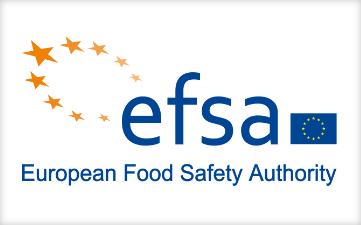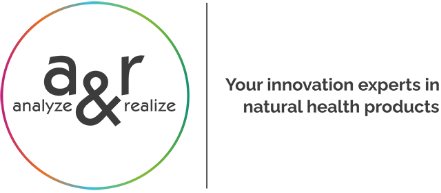
EFSA is proposing a revision of the acceptable copper intake levels as part of its re-evaluation of the existing health-based guidance values for copper. Copper naturally occurs in many foods and is also used as pesticide in organic und conventional agriculture, in feed and food additives, and as a nutrient in fortified foods and dietary supplements. But both too low and too high intakes of copper pose the risk of adverse health effects.
One of the objectives of EFSA’s work was to review previous assessments and to establish an updated Acceptable Daily Intake (ADI) that will be used to control copper-containing products in line with the approach for setting health-based guidance values. For the new estimation of copper intake, for the first time all sources of exposure from the total diet are considered for the opinion.
As part of their re-evaluation the EFSA concluded that the ADI for copper from all sources in food needs to be reduced from 0.15 mg to 0.07 mg per kg of body weight based on an updated evaluation of the scientific evidence. The new ADI value is derived from the retention of copper in the liver of adults.
In the general population the ADI is not usually exceeded. Although copper overdose is possible in young children, it is unlikely due to the higher copper requirement for development and is therefore not considered a health risk.
The EFSA launched a public consultation on the “Draft opinion on review of existing health-based guidance values for copper” . Interested parties from industry, science or other organizations are invited to submit comments to the draft version of the opinion. The deadline for the public consultation is 1 August 2022, to have your say click here.
